





Planting Wildflowers
Secrets to Successful Wildflowers in the Arizona Desert
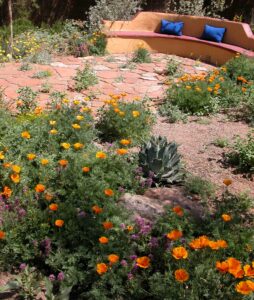
Wildflowers are one of the most rewarding additions to a desert landscape. Their bursts of seasonal color not only beautify yards and open spaces – they also support pollinators and promote local biodiversity. But to enjoy those stunning spring blooms, a little planning is key. Here’s how to get it right, from seed to bloom.
When to Plant: Fall is the Best Time
It might seem strange to be thinking about spring flowers in the fall, but in the Sonoran Desert, the best time to plant wildflower seeds is from October through mid-December. These plants are true drought evaders – seeds lie dormant until triggered by fall and winter rains. Once they sprout, you’ll see them grow into lush green foliage. By late January, a few blooms may appear, but come February and March, your landscape should be bursting with color.

What to Plant: Stick with Local Wildflowers That Thrive
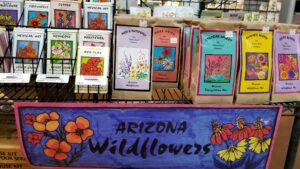
For the best results, choose wildflowers that are native to the Sonoran Desert. These plants are naturally adapted to our arid climate and will deliver seasonal color while using very little water. Steer clear of seed mixes labeled “wildflower” or “meadow,” as they often include non-native species that may not perform well – or worse, become invasive. For example, African daisies, as their name suggests, originate from Africa and can spread aggressively in desert environments.
Instead, look for native desert varieties like:
Shop at local nurseries or native plant sales to find reputable sources of wildflower seeds. If you’re looking online, check out Native Seeds SEARCH, a Tucson non-profit dedicated to seed conservation. They offer individual seed packets as well as wildflower mixes through an affiliated business, The ‘Native Seed’ Company.

How to Plant: Simple Steps for Success
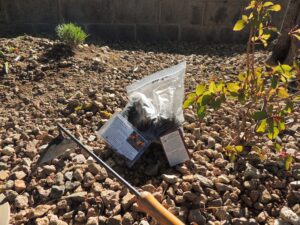
Wildflowers grow best in full sun, so choose a spot that gets at least six hours of direct sunlight each day. Instead of covering large areas, try seeding smaller pockets throughout your landscape. Focus on natural-looking locations – low spots, along pathways, or near boulders – where the wildflowers can thrive and blend seamlessly into the surroundings.
When planting, follow these steps:
- Loosen or rough up the area by lightly raking the surface.
- Mix your seeds with two or more cups of fine soil or compost to help spread them evenly.
- Scatter seeds over bare soil, decomposed granite, or around boulders.
- Lightly rake or press seeds into the surface – don’t bury them.
- Water gently to settle them in.
Watering & Ongoing Care
Once established, wildflowers are easy to care for – perfect for desert landscapes. With a little attention early on, they’ll thrive with minimal effort.
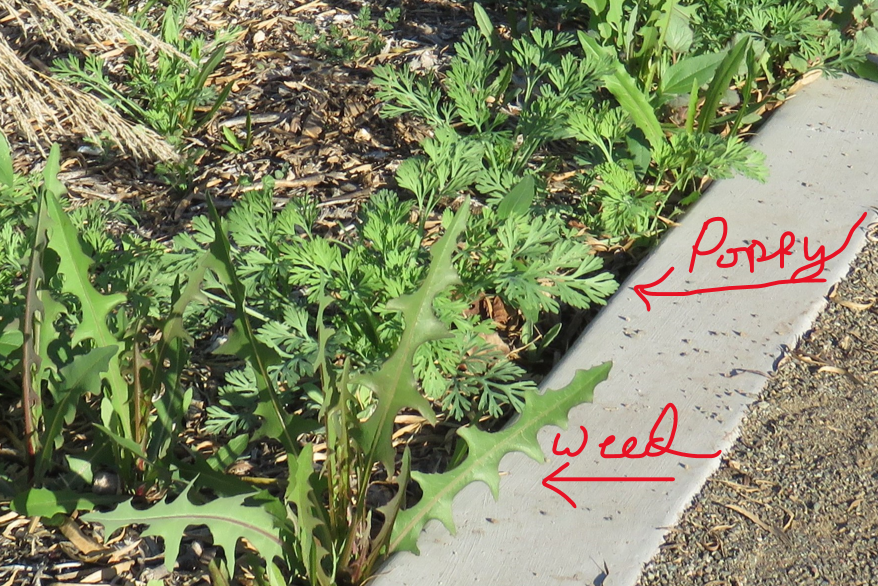
Here are a few simple guidelines to keep them healthy and help them return year after year:
- If seasonal rain arrives, no watering is needed.
- Without rain, water 2-3 times a week until seedlings sprout, then reduce to once every 3-4 weeks.
- Be sure to remove weeds that may compete with your wildflowers for space or water.
- Let wildflowers go to seed after blooming.
- Collect seeds or let them fall naturally to reseed for next year.
- Dried plants can be pulled or cut back.

Add Perennials to Keep the Color Going
Many native perennials are considered wildflowers and are often planted alongside annuals to extend bloom time and add variety to the landscape. While annuals live out their life cycle in one year, perennials typically last two years or longer. Some can be started from seed just like annuals, while others are best planted from nursery containers. Fall and spring are both great times to add perennial wildflowers to your landscape.

A few of our favorite desert hardy plants include (clockwise, top left) Blackfoot Daisy, Desert Marigold, Desert Senna, Firecracker Penstemon.
Celebrate the Color – and the Life It Brings
Combining annuals and perennials gives you a dynamic and ever-changing landscape that requires surprisingly little effort. With thoughtful planning and the right native plants, wildflowers can bring lasting beauty, support pollinators, and promote sustainability in your yard.
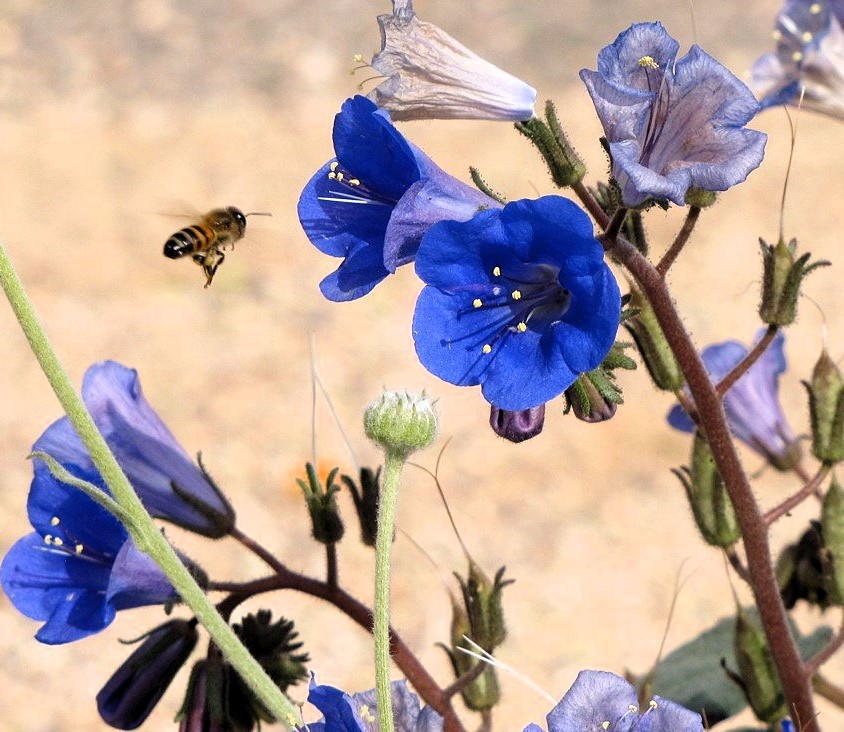
Each season’s bloom will be a little different, influenced by rainfall, temperature, and even wildlife like birds and insects that may snack on the seeds. But that unpredictability – and the sense of anticipation it brings – is part of what makes growing wildflowers so rewarding.
Now get out there and go a little wild… and enjoy the blooms!

